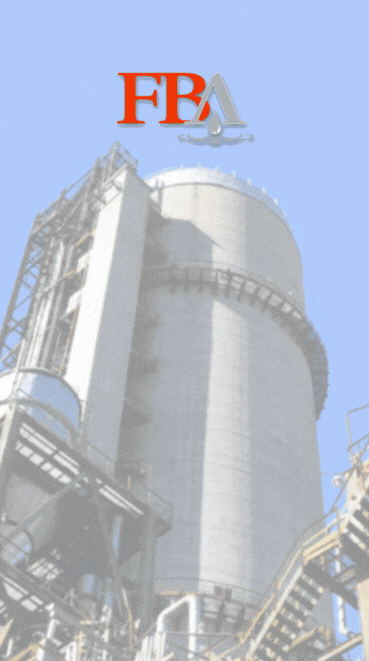Global Bioenergies delves into eSAF process development

Global Bioenergies announced July 10 that it has adapted its process for the conversion of plant resources into sustainable aviation fuel (SAF) to produce eSAF, using acetic acid as a resource.
eSAF is derived from the combination of CO2 and hydrogen produced from renewable electricity.
According to Global Bioenergies, acetic acid can be produced from these two elements alone.
The company said its eSAF approach stands out for its selectivity of over 95 percent, meaning that more than 95 percent of the molecules resulting from the process can be marketed as jet fuel.
“This selectivity exceeds that of other existing eSAF technologies,” the company said.
SAFs and eSAFs are regulated by the European Union’s ReFuelEU aviation regulation.
By 2030, aircrafts taking off from European airports will be required to carry on average in their tank:
4.8 percent biobased SAF, produced from plant resources.
And 1.2 percent eSAF produced from CO2 and low-carbon electricity.
"The prospect of producing not only bio-SAFs but also eSAFs adds another string to our bow,” said Marc Delcourt, co-founder and CEO of Global Bioenergies. “In regions where plant resources are abundant [such as the] U.S., Brazil and Southeast Asia, our bio-SAF approach will have an important role to play. In regions where plant resources are only available in limited quantities, our eSAF approach will be deployed primarily—this is the case in Europe and North Asia in particular.”
Eva van Mastbergen, SkyNRG’s team lead for R&D, added, “Given the growing global demand for SAF, driven by the ReFuelEU mandate and rising SAF ambitions, the industry must increase production and diversify technologies to convert various sustainable feedstocks into SAF. Following our successful collaboration on ASTM qualification of Global Bioenergies’ SAF platform, we commend recent innovations supporting both biobased SAF and eSAF, advancing a more sustainable aviation industry.”
A new resource for the process: acetic acid
Acetic acid is well known to the general public as the acid in vinegar.
In summary, according to Global Bioenergies, it involves feeding the bacterial strains producing isobutene (then transformed into SAF by simple oligomerization) no longer with plant resources but with acetic acid.
Most of the 5 million tons of acetic acid produced every year is obtained by combining methanol and carbon monoxide, which can both be produced from CO2 and hydrogen.
Hydrogen can be produced by electrolysis of water using low-carbon electricity.
Microorganisms naturally break down sugar (usually six-carbon) into acetic groups (two-carbon), which are then converted into numerous other molecules useful to life—fatty acids and amino acids, in particular.
“Although acetic acid is well known to microorganisms, which produce it endogenously, these microorganisms are not naturally organized to use it as a resource massively supplied exogenously,” Global Bioenergies stated. “It was therefore necessary to modify isobutene-producing strains so that they could accept acetic acid, which has been successfully achieved in recent months.”
A major player in the industrial production of acetic acid is already producing electro-acetic acid based on CO2 captured from industrial effluent gases combined with low-carbon hydrogen.
The process is now moving from proof of concept to preindustrial development, Global Bioenergies said.
At the same time, Global Bioenergies said the performance of its biobased SAF process has improved significantly in recent months, and this progress has been transposed to the pilot scale.
It will continue to improve over the coming months to approach the theoretical optimum, the company stated.
“The progress made on the biobased SAF process will be transposed to the performance of the eSAF process,” it added. “Today, there is no industrial-scale production of eSAF, and no aircraft has yet flown fully on eSAF. Two families of eSAF production processes are currently being developed by various players. Both are based on chemical approaches. The first uses the Fischer-Tropsch synthesis process. The second involves the production of eMethanol, which is then converted into eSAF. In both cases, the selectivity of the process to SAF is lower than Global Bioenergies’ eSAF process, meaning a larger fraction of side products will be marketed as eGasoline or eDiesel, at a lower price. Global Bioenergies’ eSAF process provides an answer here—over 95 percent of the products from its process correspond to the aviation stream, which would benefit the industrial profitability of the corresponding plants.”






















-RKstandin.jpg)
_gif.gif)




